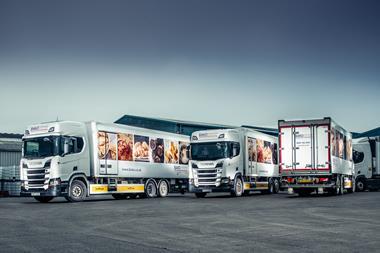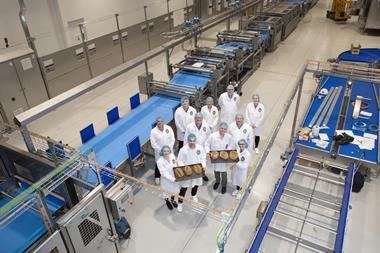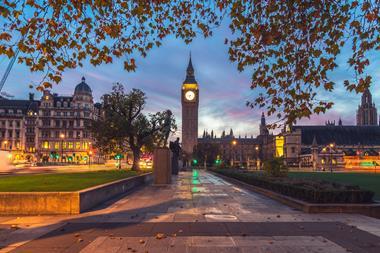Marks & Spencer (M&S) is to close more than 100 stores by 2022 and has scaled back its Simply Food openings.
The moves are part of a transformation plan designed to modernise the business as it looks to improve its systems and recover lost market share among younger shoppers.
Announcing its full-year results today (23 May), the business reported at 0.7% increase in turnover to £10,698.2m, although profit before tax crashed 62.1% to £66.8m.
M&S will now close more 100 stores in total by 2022, including 21 that have already closed and the 14 Clothing & Home store closures announced yesterday: Bayswater, Fleetwood Outlet and Newton Abbot Outlet will close by the end of July 2018; Clacton and Holloway Road will both close by early 2019; Darlington, East Kilbride, Falkirk, Kettering, Newmarket, New Mersey Speke, Northampton, Stockton and Walsall are proposed for closure and entering a period of consultation with employees.
The retailer also said it would open 15 fewer Simply Food stores this year as its Food opening programme is scaled back.
The changes to the business follow the continued shift of clothing and home sales to online, development of global competition, growth of home delivery in food and continued rise of the discounters. “These, together with a challenging UK consumer market, mean we have to modernise our business to ensure we are competitive and reignite our culture,” stated the retailer. “Accelerated change is the only option.”
M&S said its food and non-food supply chains needed “significant upgrades” to speed up service, reduce high clothing stock levels and tackle availability and waste in food. It added that its online capability was behind “the best of our competitors and our website is too slow”, and that its Castle Donington fulfilment centre had struggled to cope with peak demand.
“The first phase of our transformation is about restoring the basics, getting the architecture and infrastructure of the business fit for the future,” stated the company. “This programme is now under way and gathering pace.”
The retailer is investing in improving its website and e-commerce capacity, and is building a new retail distribution centre at Welham Green. Admitting the business had become top-heavy and too “corporate”, M&S has recently separated its Food and Clothing & Home teams.
The retailer said it has lost its share of younger family-age customers and larger households, and was looking to recover this with more stylish non-food lines and food products offering innovation, better value for money, and focused on more popular family foods.
“The first phase of our transformation plan, restoring the basics, is now well under way and the actions taken have increased the velocity of change running through our business,” said M&S CEO Steve Row today. “These changes come with short-term costs which are reflected in today’s results.
“There are a number of structural issues to address and we are taking steps towards fixing these. The new organisation will largely be in place by July and the team is now tackling transforming our culture to make M&S a faster, lower-cost, more commercial, more digital business.
“This is vital as we start to leverage the strength of the M&S brand and values across a family of businesses to deliver sustainable, profitable growth in three to five years.”
































No comments yet